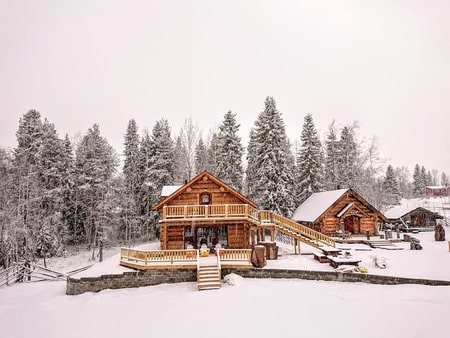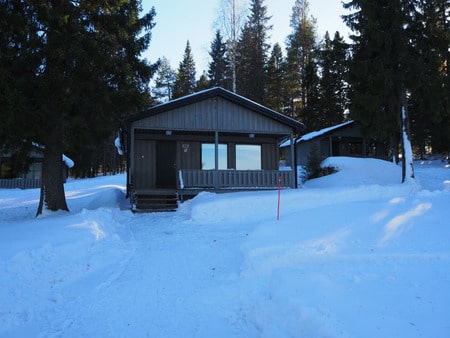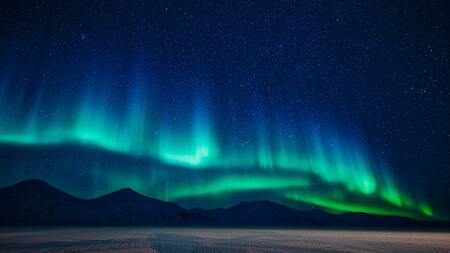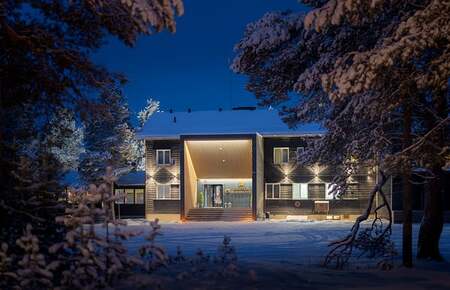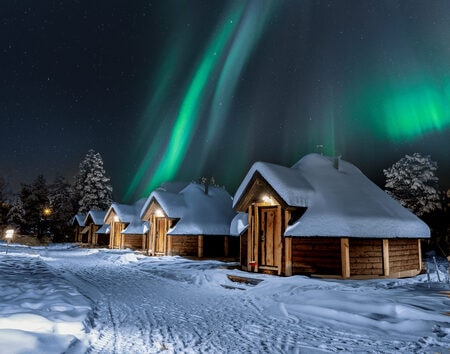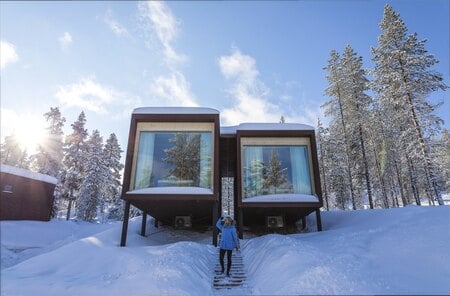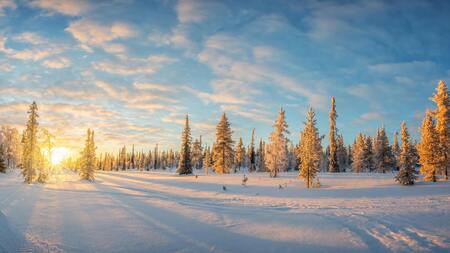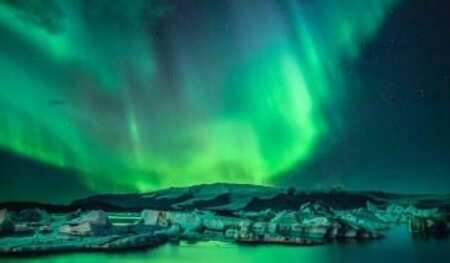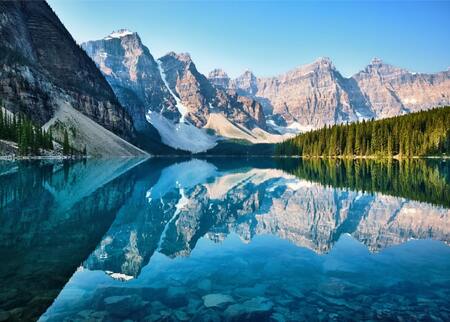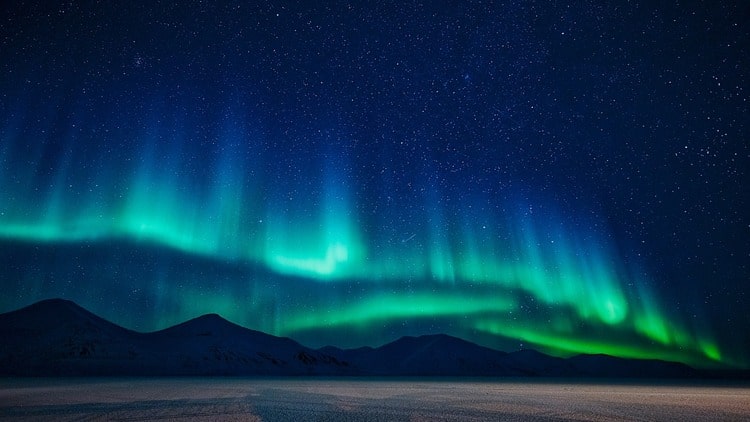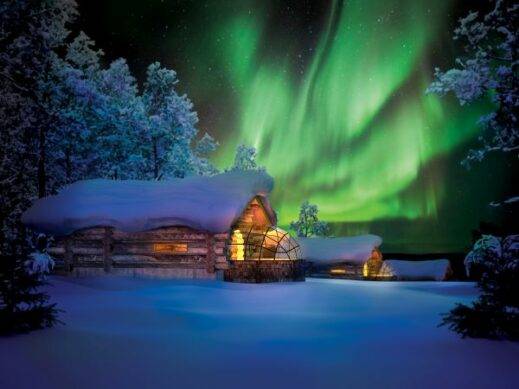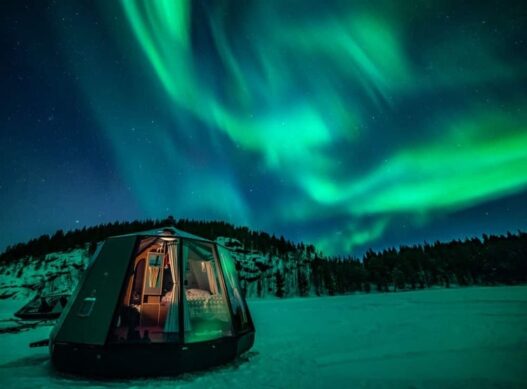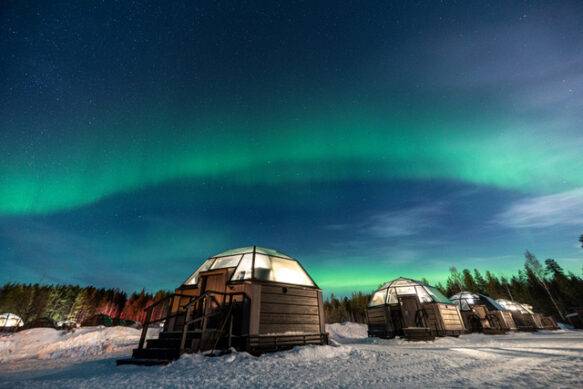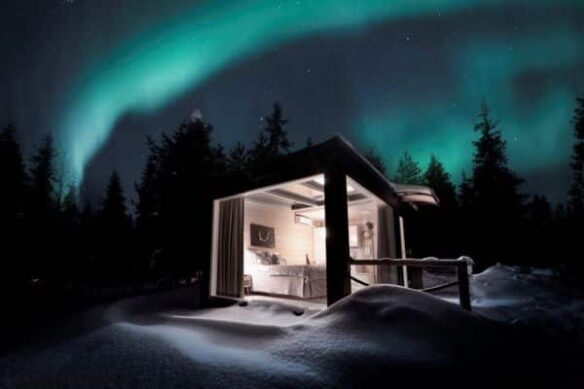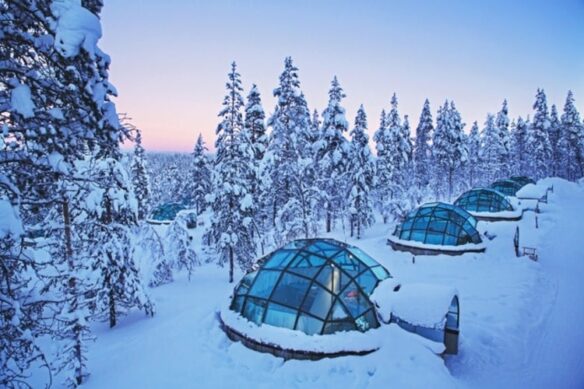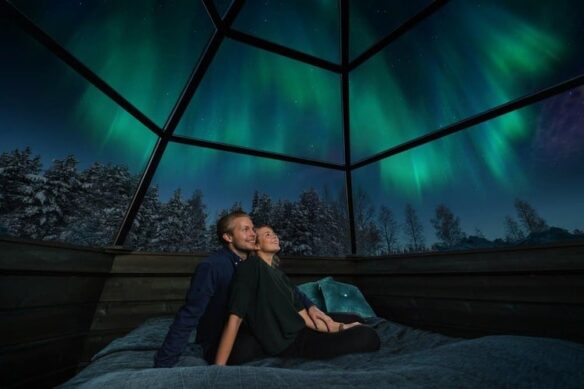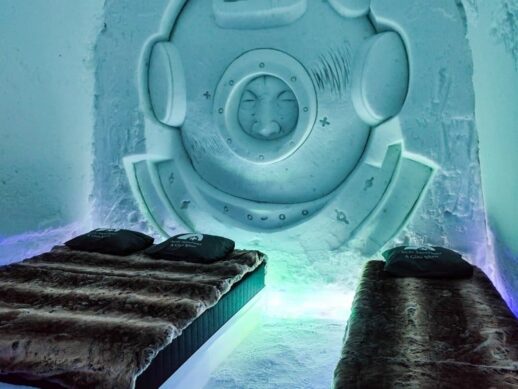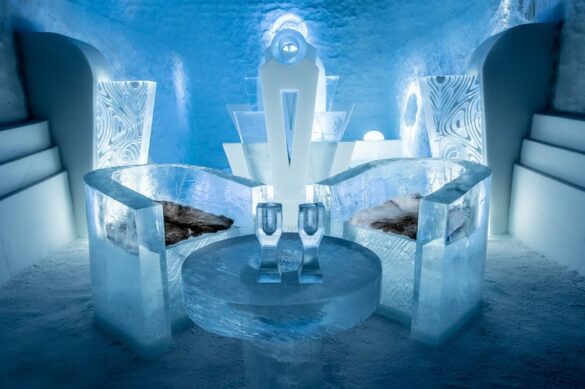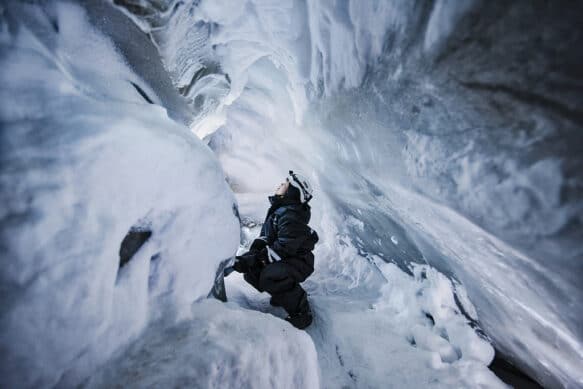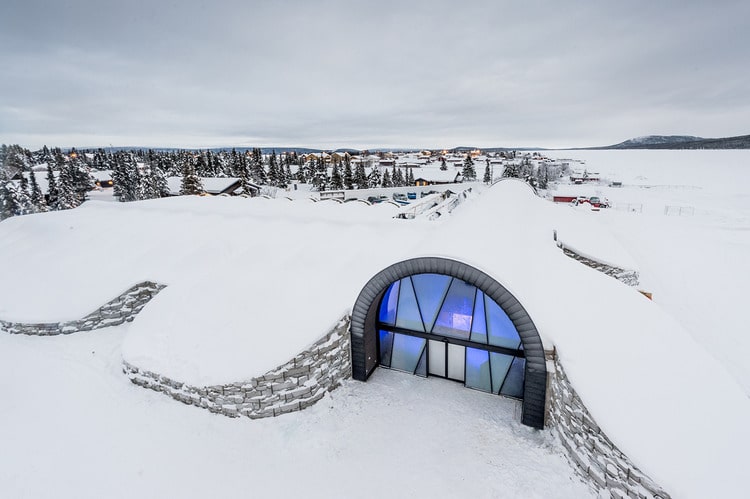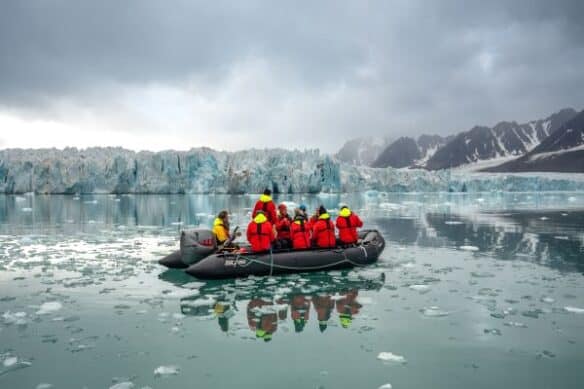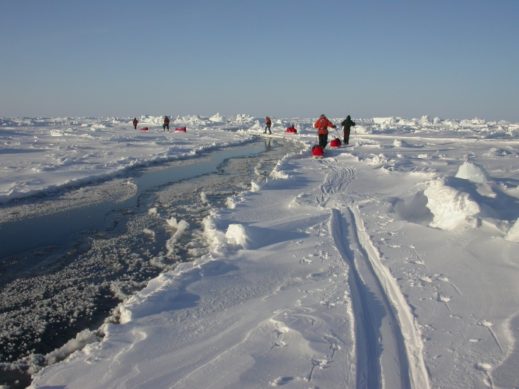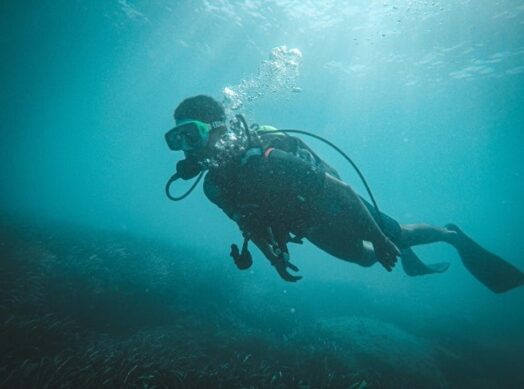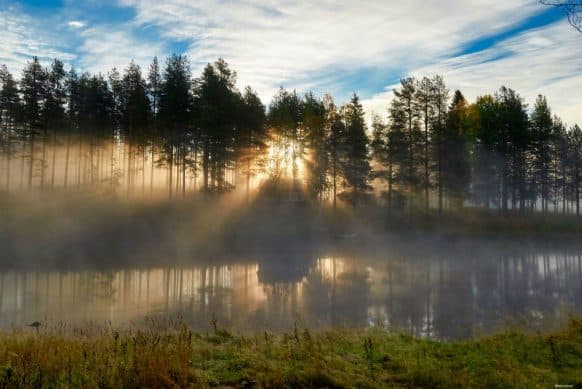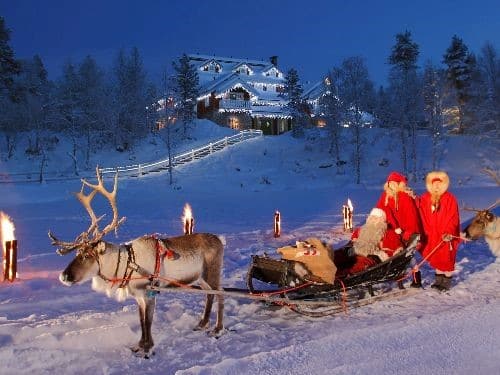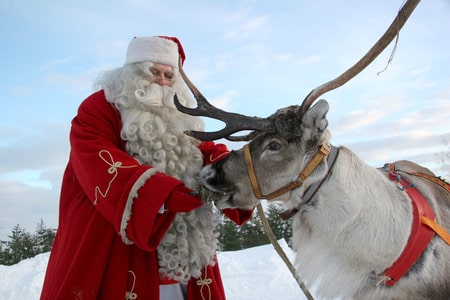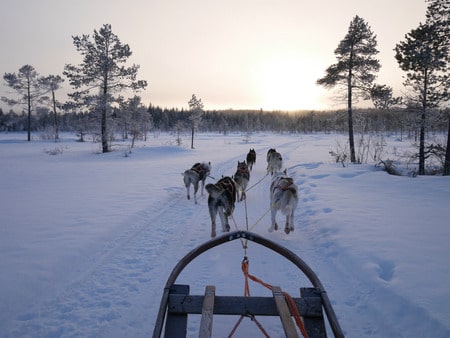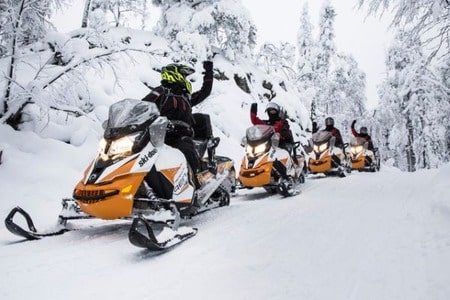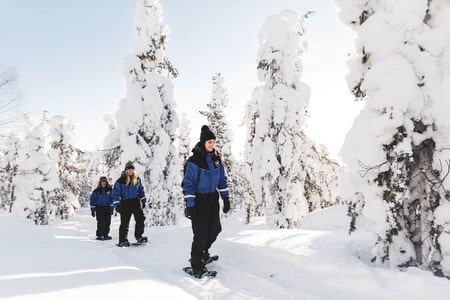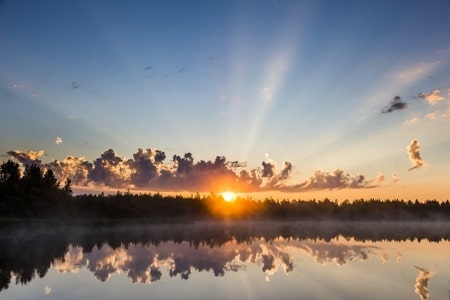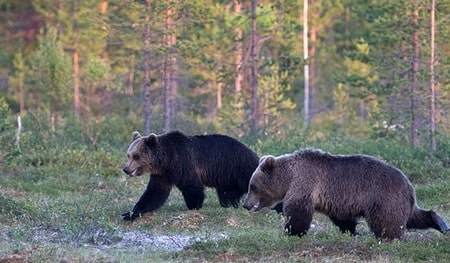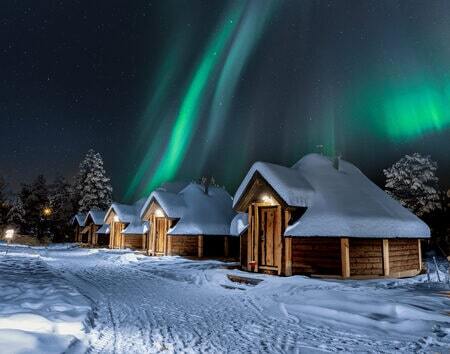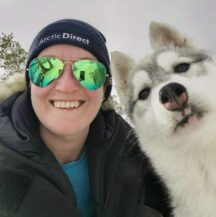The Northern Lights are on the bucket list of many of our travellers who are on any number of our arctic activity holidays and many people will ask how can I get good photographs of the Northern Lights? Perhaps you’re staying at the Ice Hotel in Jukkasjärvi near Kiruna, or sleeping in a glass igloo in Finland. Northern Lights photography isn’t difficult if you know what you’re doing. Seeing the magical aurora as it sweeps across the sky will leave you with memories that last a lifetime and sometimes, during a really good showing, you can actually hear them crackle and fizz above you.
Be assured, it is possible to go home with good quality images of the aurora. 🙂
Photo from Lapland Guesthouse in Kangos, Sweden % of the guests we’ve sent hare have seen the Aurora!
Firstly, be sure to wrap up warm.You’re going to be outside for a good few hours and you may be out in the arctic wilderness. This means the correct clothing is an absolute priority. You will absolutely need a hat, gloves and a scarf and you may also want to consider a balaclava to keep your head warm. Jacket wise, a sturdy winter jacket is ideal – under that a woollen jumper and under that your thermal underwear. Trousers should be thick and insulating – you are likely to be cold if you wear jeans. Under your trousers, we suggest adding a thermal base layer. Socks should be thick and woolly and, if your shoes will allow, go for two pairs. As for shoes, a snow boot or solid walking boot are best.
Remember, you may be waiting for some time for the Northern lights to appear and during this wait you really don’t want to be cold, being cold will put a dampener on the whole experience.
Secondly, use a tripod. Yes it may be a faff but we promise you it will be worth it.
Finally, don’t get too obsessed. Whilst it may be great to go home with good photos, if you spend all your time fiddling with your camera controls then you’re not actually enjoying the experience of the aurora.
Taking great pictures of the Northern Lights in 7 simple steps;
- Ensure your camera is screwed firmly to a tripod.
- Set the ISO (the measure of how responsive your camera’s sensor is to light) to between ISO 400 and ISO 1000
- Adjust the aperture to as wide as your lens allows: you want the smallest number, ideally f2.8 or f1.4
- Check that autofocus is switched to manual so that your lens doesn’t keep moving back and forth trying to latch onto something. Focus on a distant line of silhouetted trees, the moon, a brightly lit log cabin etc
- Start with a shutter speed of about 30 seconds, but be sure to review each and every exposure and make adjustments accordingly
- Keep spare batteries snug in your coat pocket – freezing temperatures and long exposures drain camera batteries rapidly
- Remember that if you take your camera from a warm building out into the freezing arctic night and expect to start taking pictures straight away you’ll end up with a distinctly ‘soft focus’ effect due to condensation forming on the lens. Avoid fogging by keeping your camera at as near an outdoor temperature as possible.
You may also want to check out the Aurora Forecast: https://www.swpc.noaa.gov/products/aurora-30-minute-forecast


